The Allman Brothers Band
Buy The Allman Brothers Band As a group that became known for their live performances, The Allman Brothers Band did put out a handful of excellent studio albums. The first of these was […]
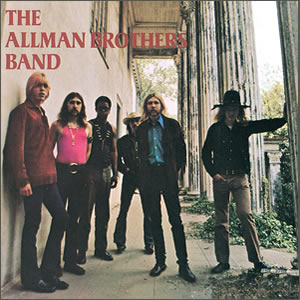
Buy The Allman Brothers Band As a group that became known for their live performances, The Allman Brothers Band did put out a handful of excellent studio albums. The first of these was […]
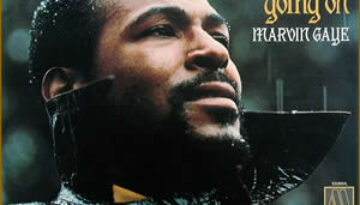
Buy What’s Going On When something is completely original, breakthrough, and/or innovative it grabs our attention. Classic Rock Review’s mission is to spotlight what are, in our opinion, the most essential albums in […]
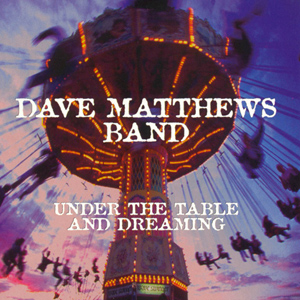
Buy Under the Table and Dreaming In 1994 the Dave Matthews Band released and impressive debut album with Under the Table and Dreaming, a record where Matthews developed a unique method of composing […]
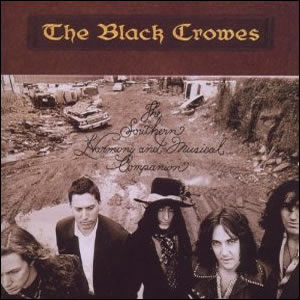
Buy The Southern Harmony & Musical Companion With the follow-up to their blockbuster 1990 debut, The Black Crowes took a more rootsy and soulful approach with The Southern Harmony & Musical Companion. That […]
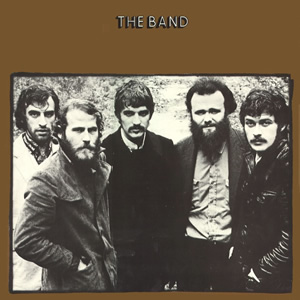
Buy The Band As a perfect counterpart to Music from Big Pink, their 1968 debut album, The Band embarked on part two of their new musical, North American roots journey with their eponymous […]
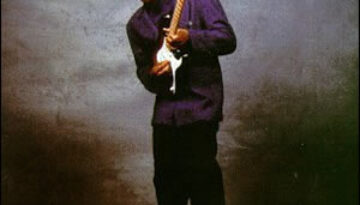
Buy Strong Persuader The 1980’s music scene is best remembered by most people as a time when synthesized sounds ruled the radio waves and the glitzy MTV videos of hair bands and rap […]
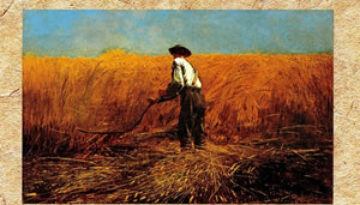
Buy Southern Accents Tom Petty & the Heartbreakers found a nice blend of mid-eighties pop and their traditional rock sound on 1985’s Southern Accents. This sixth album by the group (and first new […]
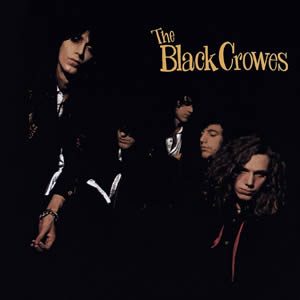
Buy Shake Your Money Maker The Black Crowes’ impressive debut brought old-school, blues-flavored rock to the forefront in 1990. A quarter century after its release, Shake Your Money Maker is still the group’s […]
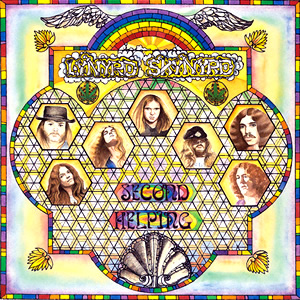
Buy Second Helping After their acclaimed, classic 1973 debut album, Lynyrd Skynyrd returned with the equally impressive Second Helping, where they continued to forge the emerging genre of Southern-fried rock. Like the first […]
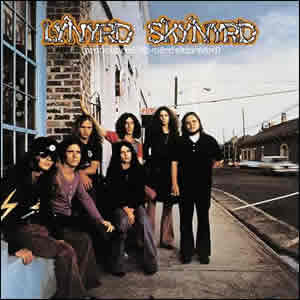
Buy Pronounced ‘lĕh-‘nérd ‘skin-‘nérd Lynyrd Skynyrd burst onto the national scene with their 1973 debut Pronounced ‘lĕh-‘nérd ‘skin-‘nérd, which not only featured many of the band’s most popular songs but also defined the […]